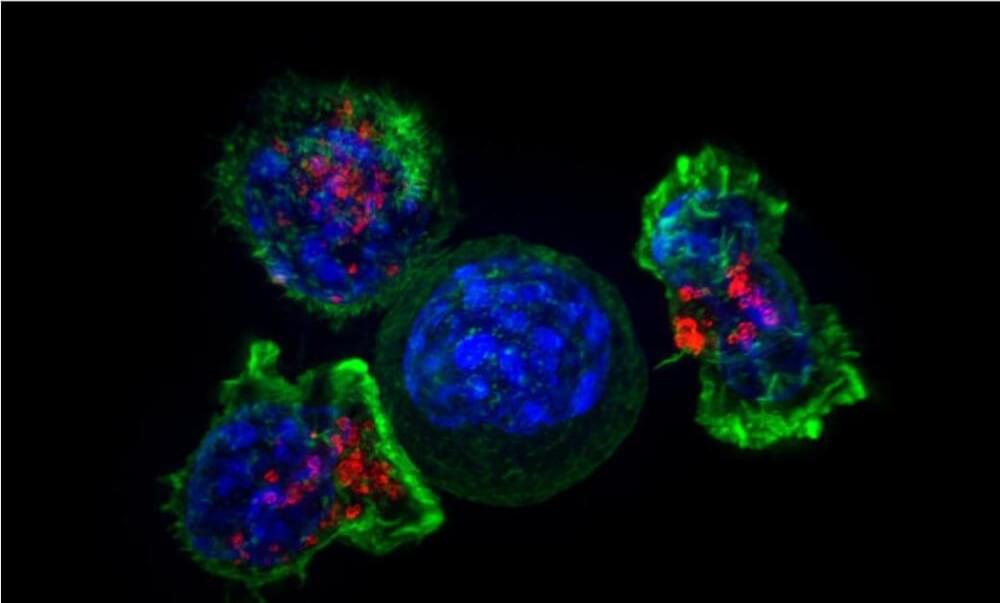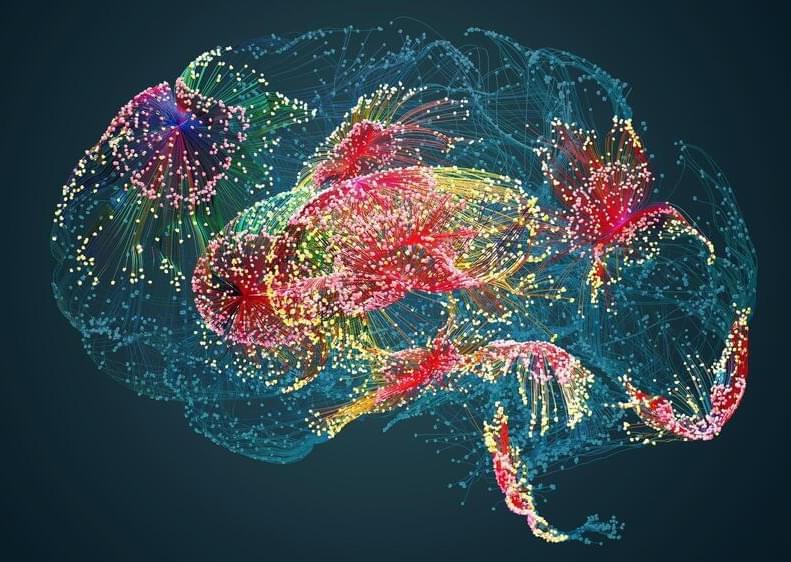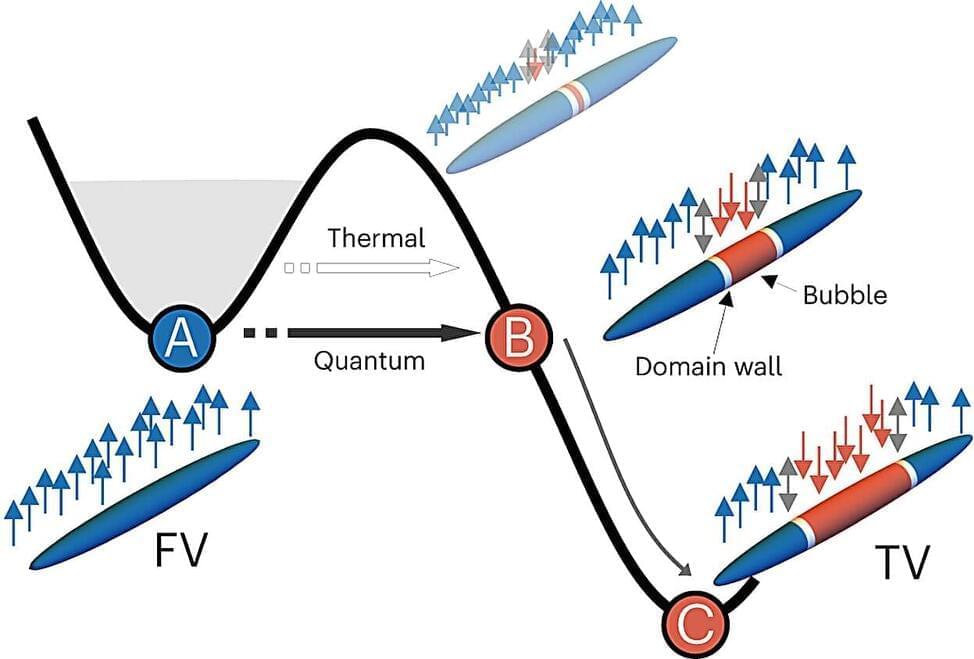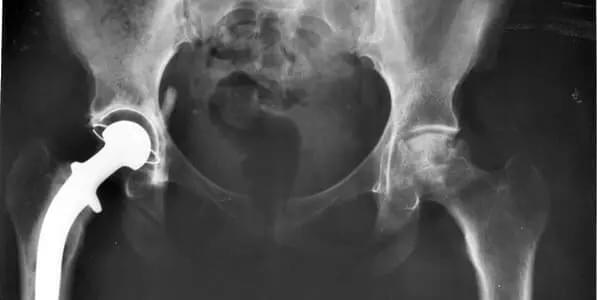In a new article published in the journal Nature Reviews Neuroscience, researchers make the case that the human brain also develops a cellular template soon after birth which defines who we are and how we perceive the world.
For centuries, a prevailing theory in philosophy has asserted that at birth the human mind is a blank slate. More recently, the same notion has also held sway in the field of neurobiology, where it is commonly held that neural connections are slowly created from scratch with the accumulation of sensory information and experience.
Eventually, the theory goes, this allows us to create memories in space and time and to then learn from those experiences.
But after spending more than a decade studying activity in the hippocampus, the area of brain which forms memory, Yale’s George Dragoi began to have his doubts.





